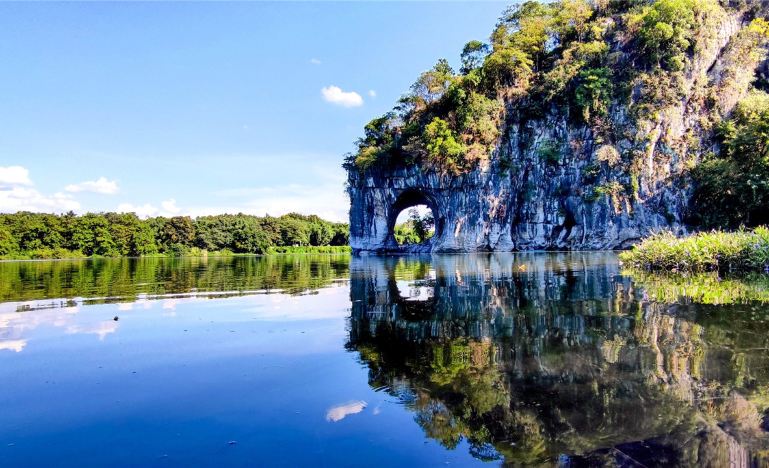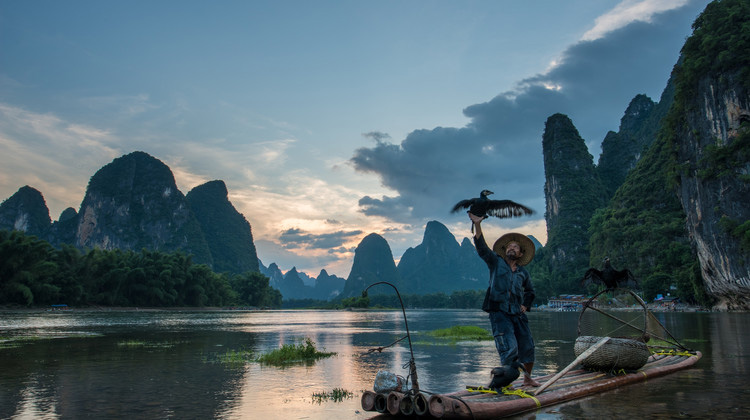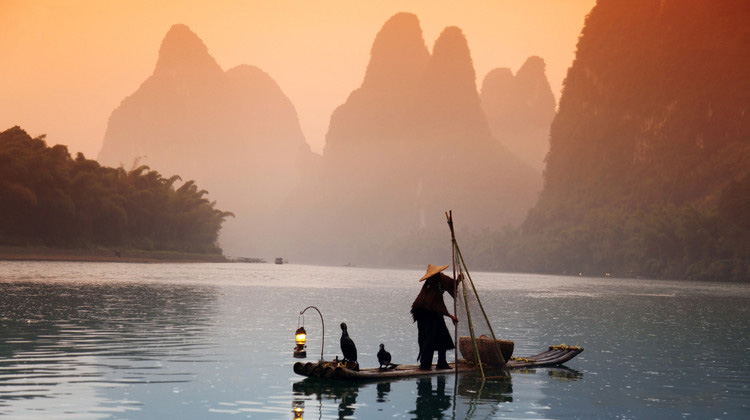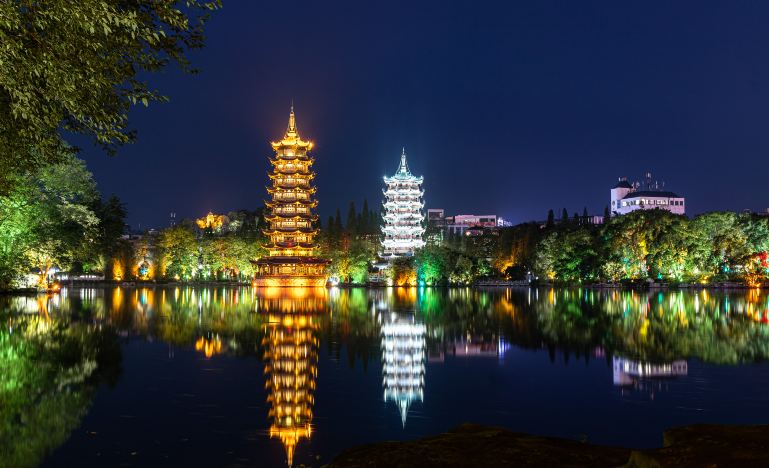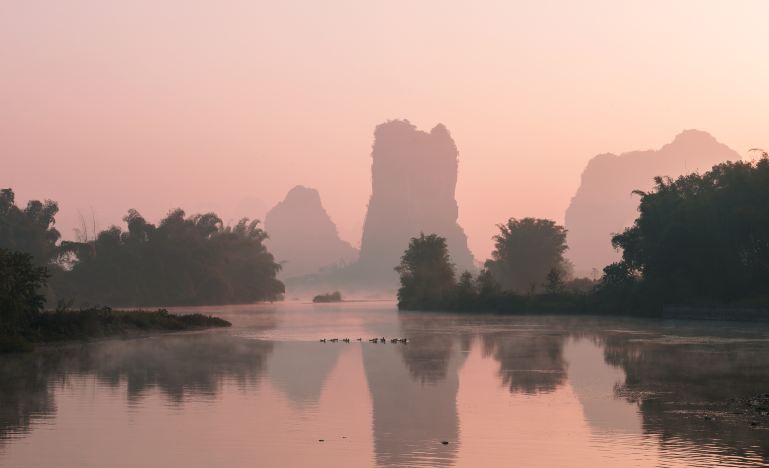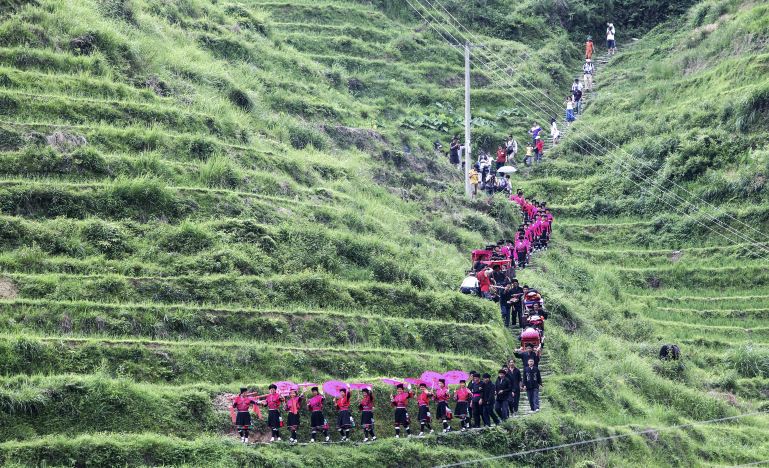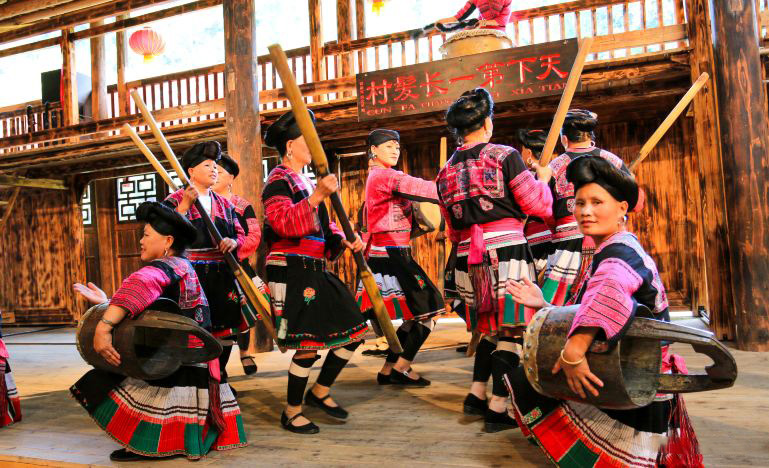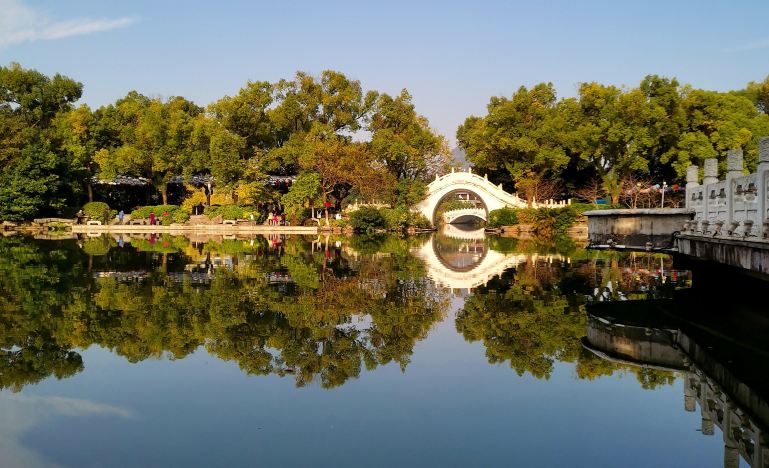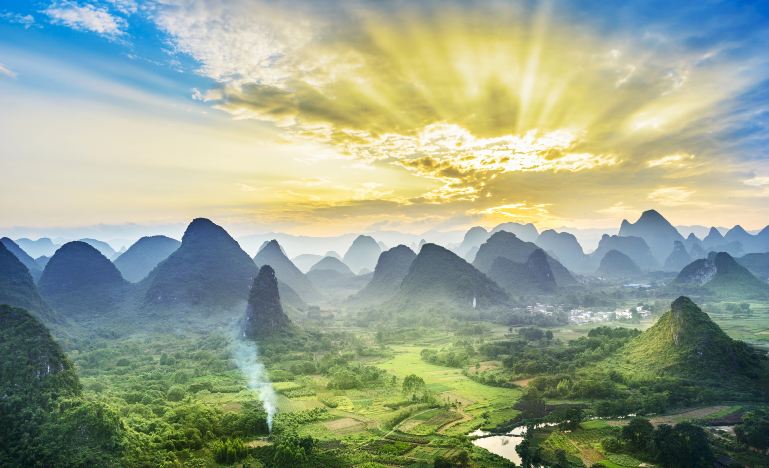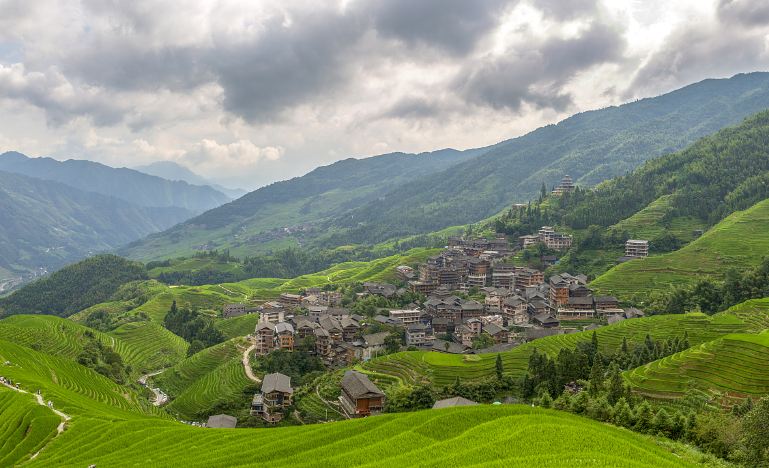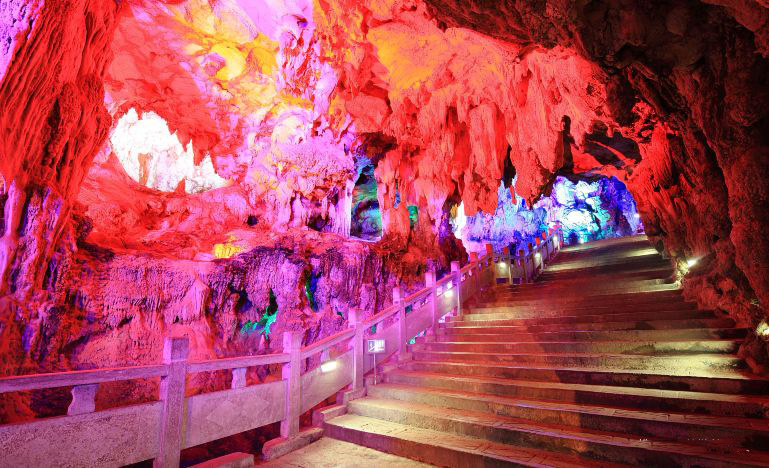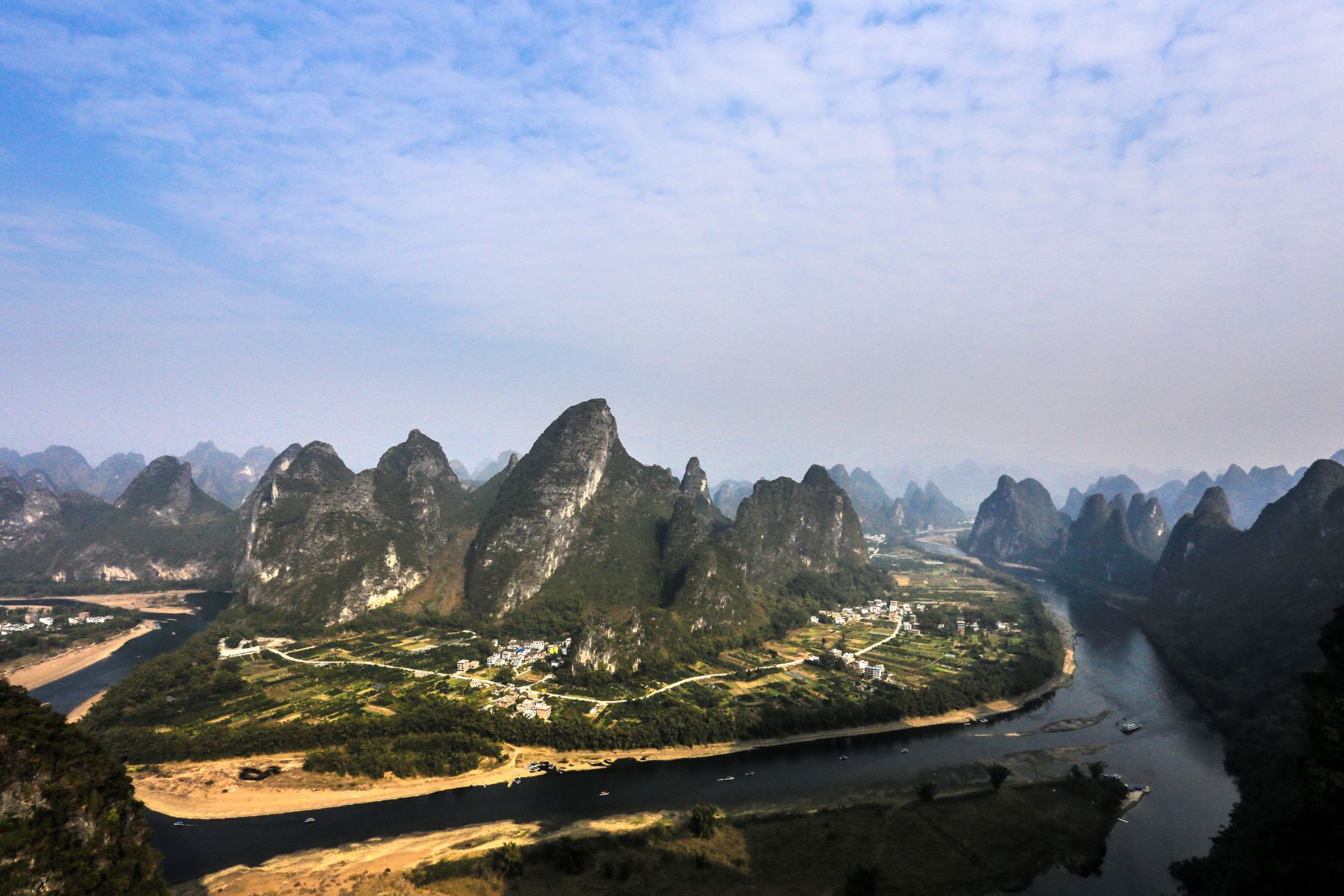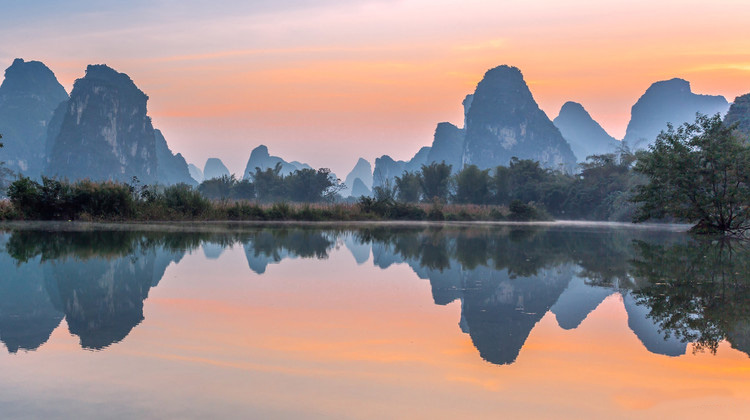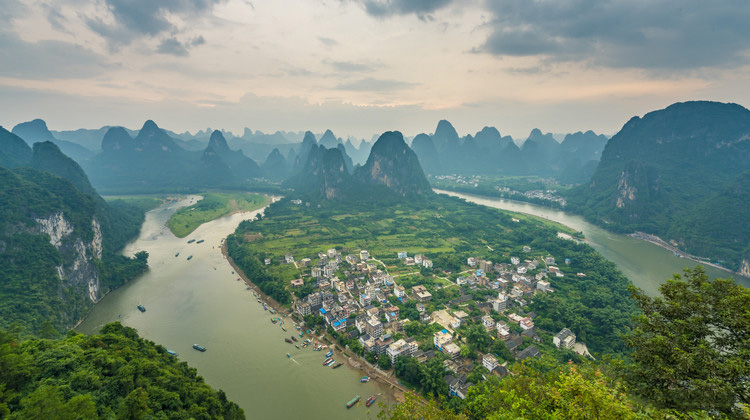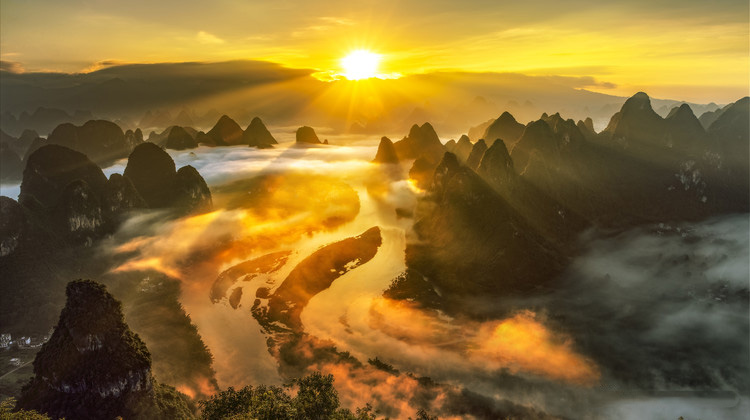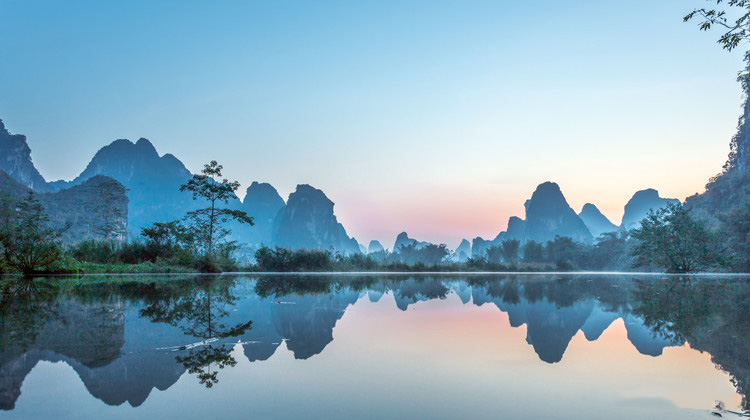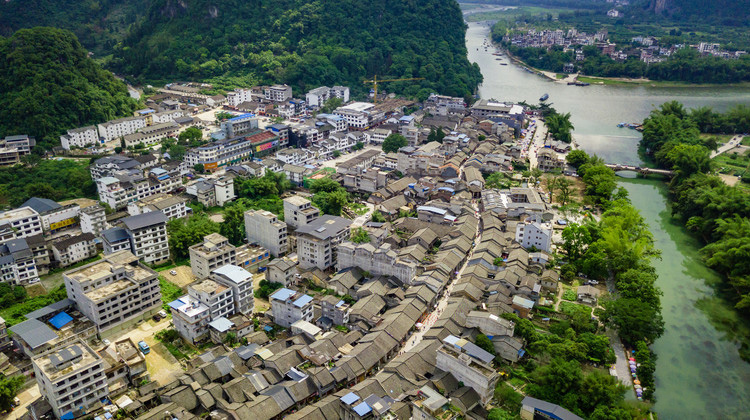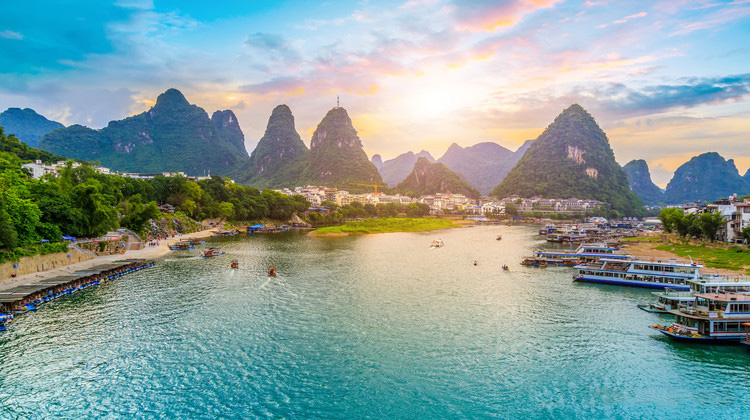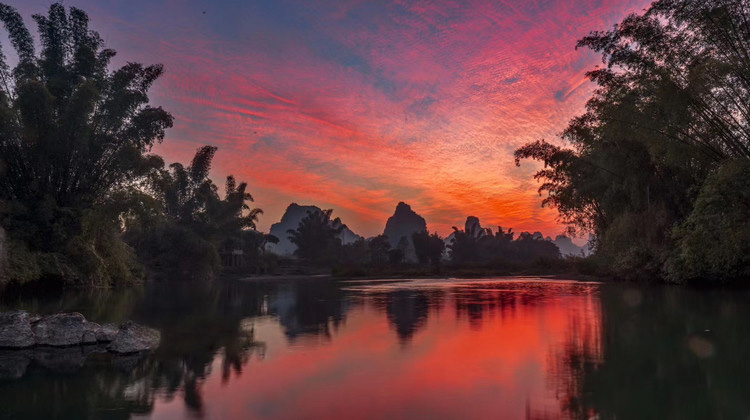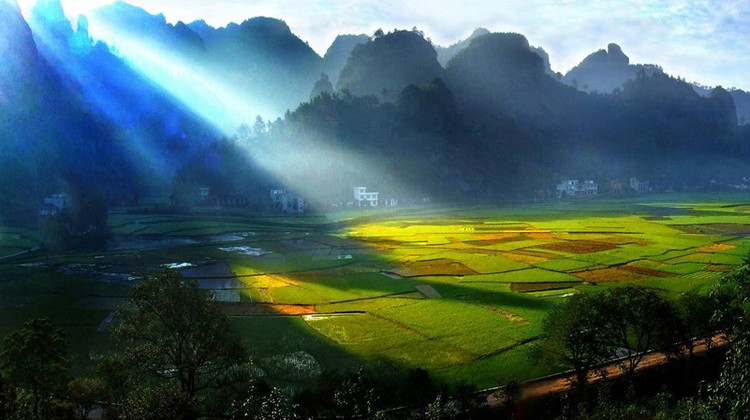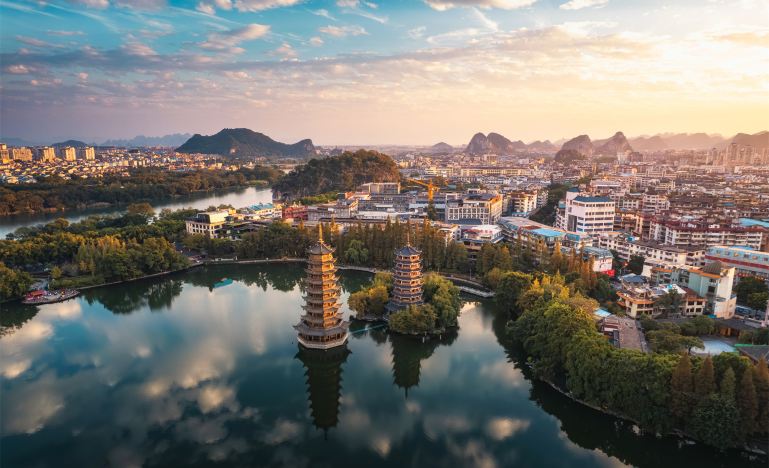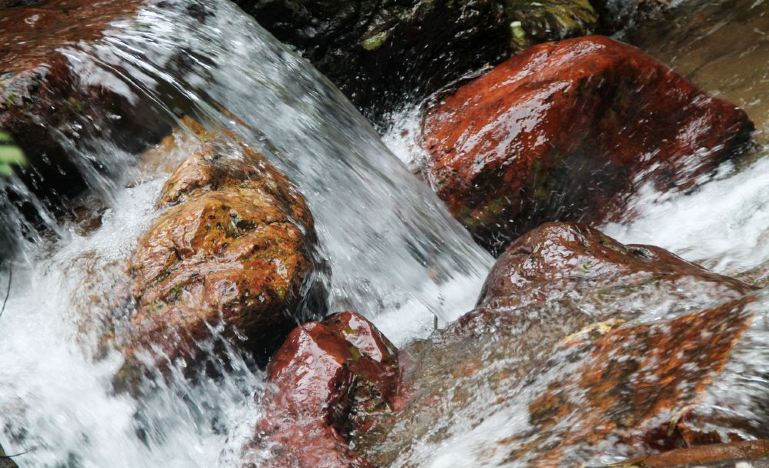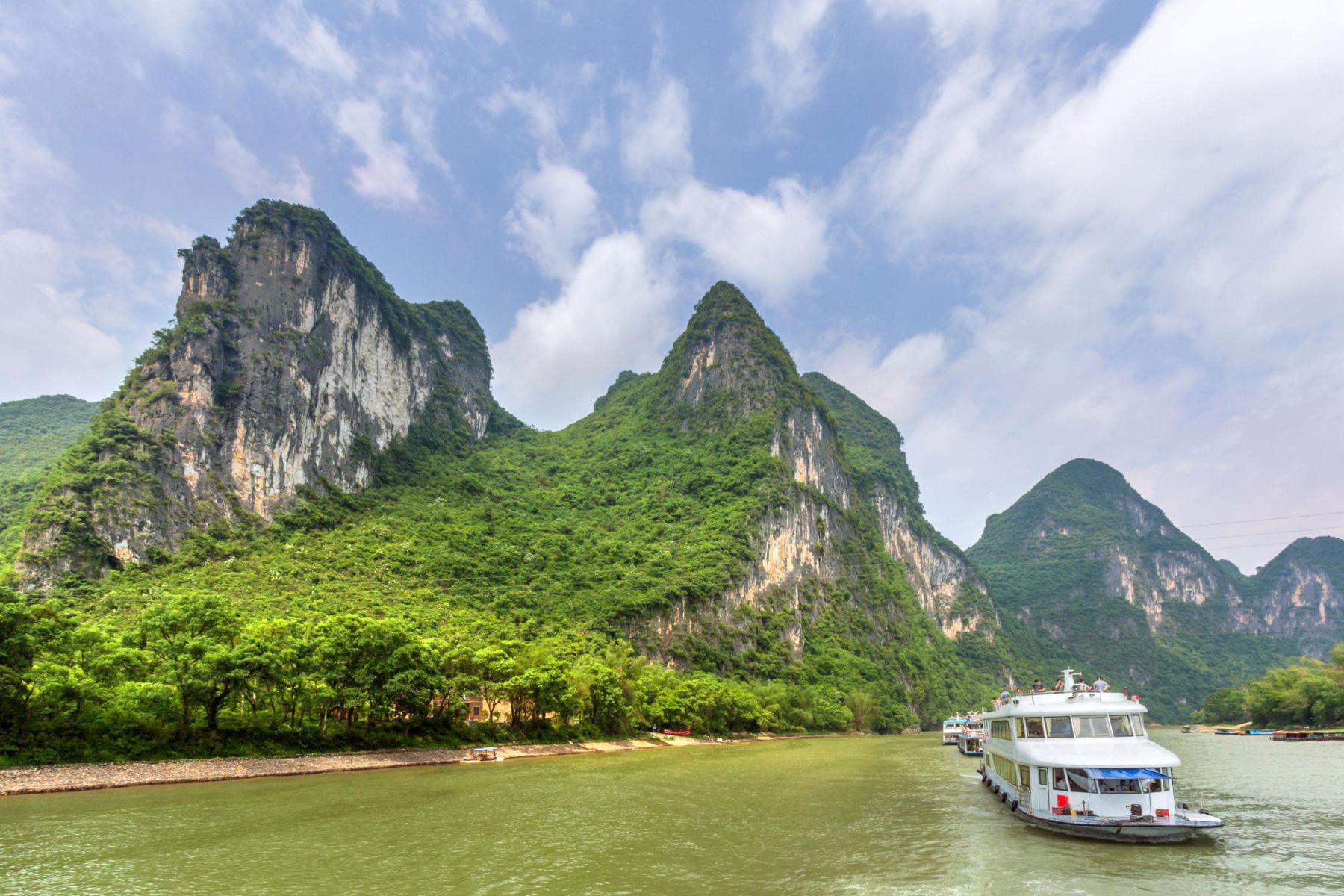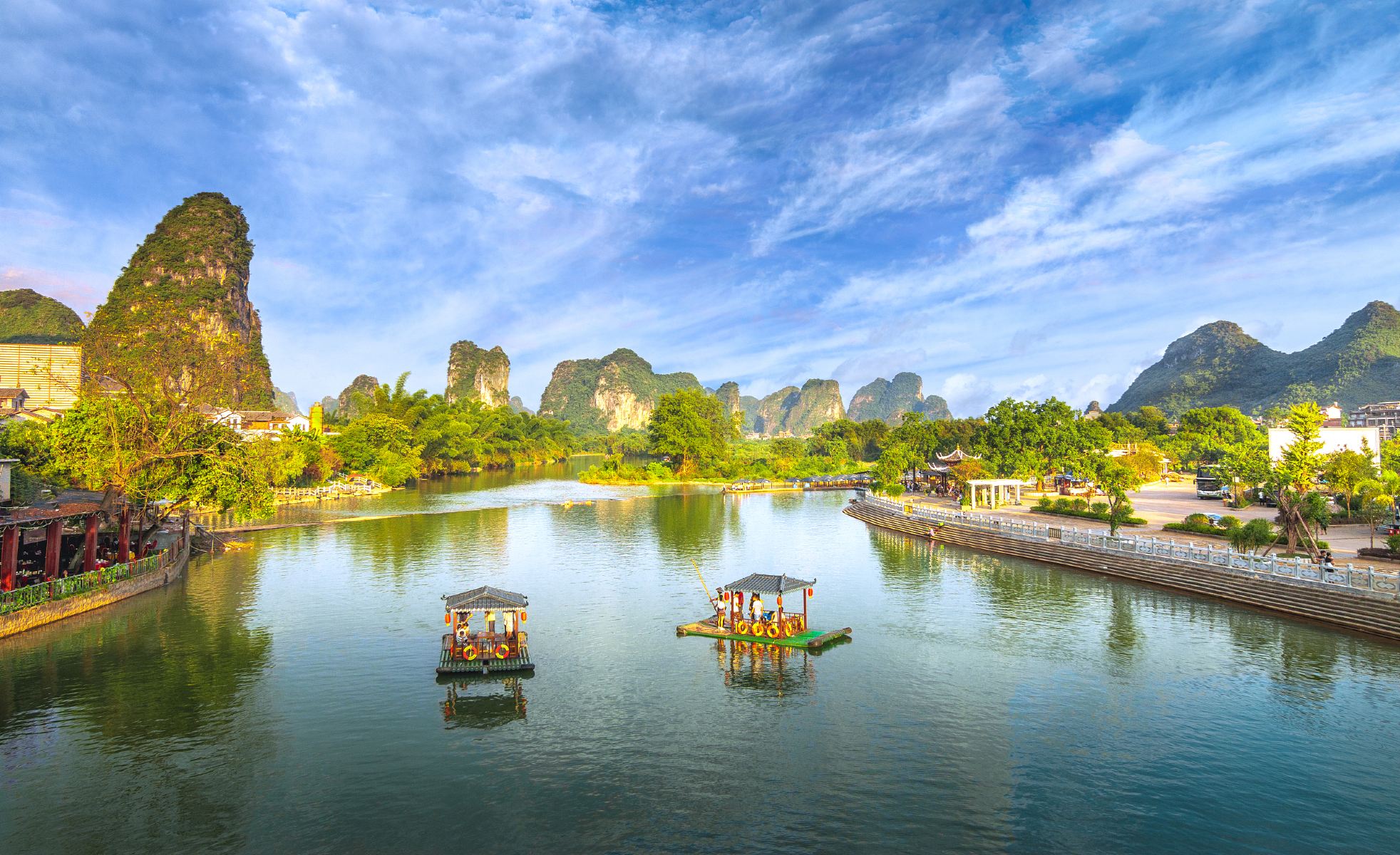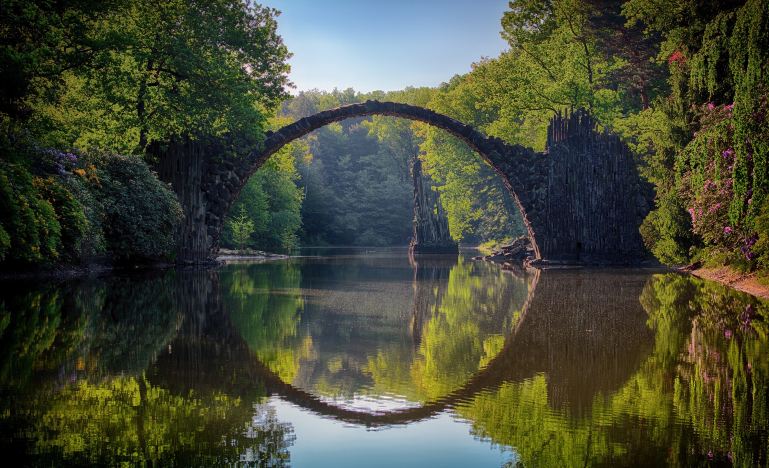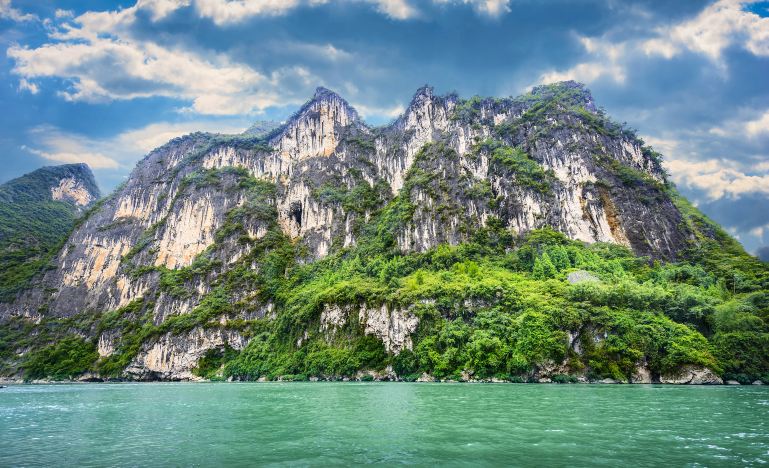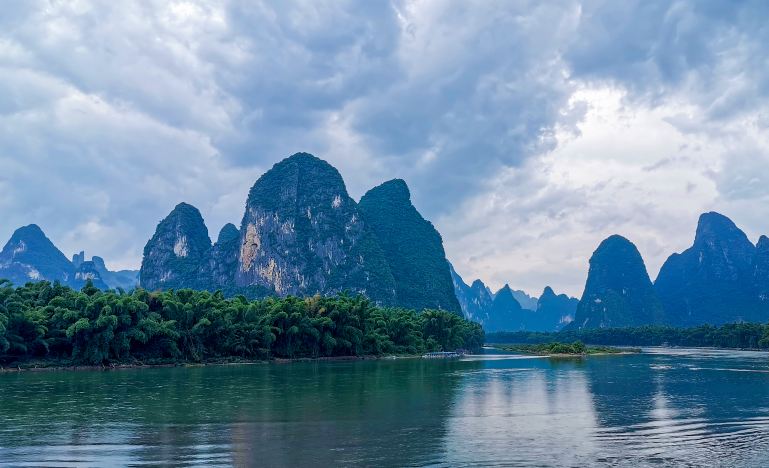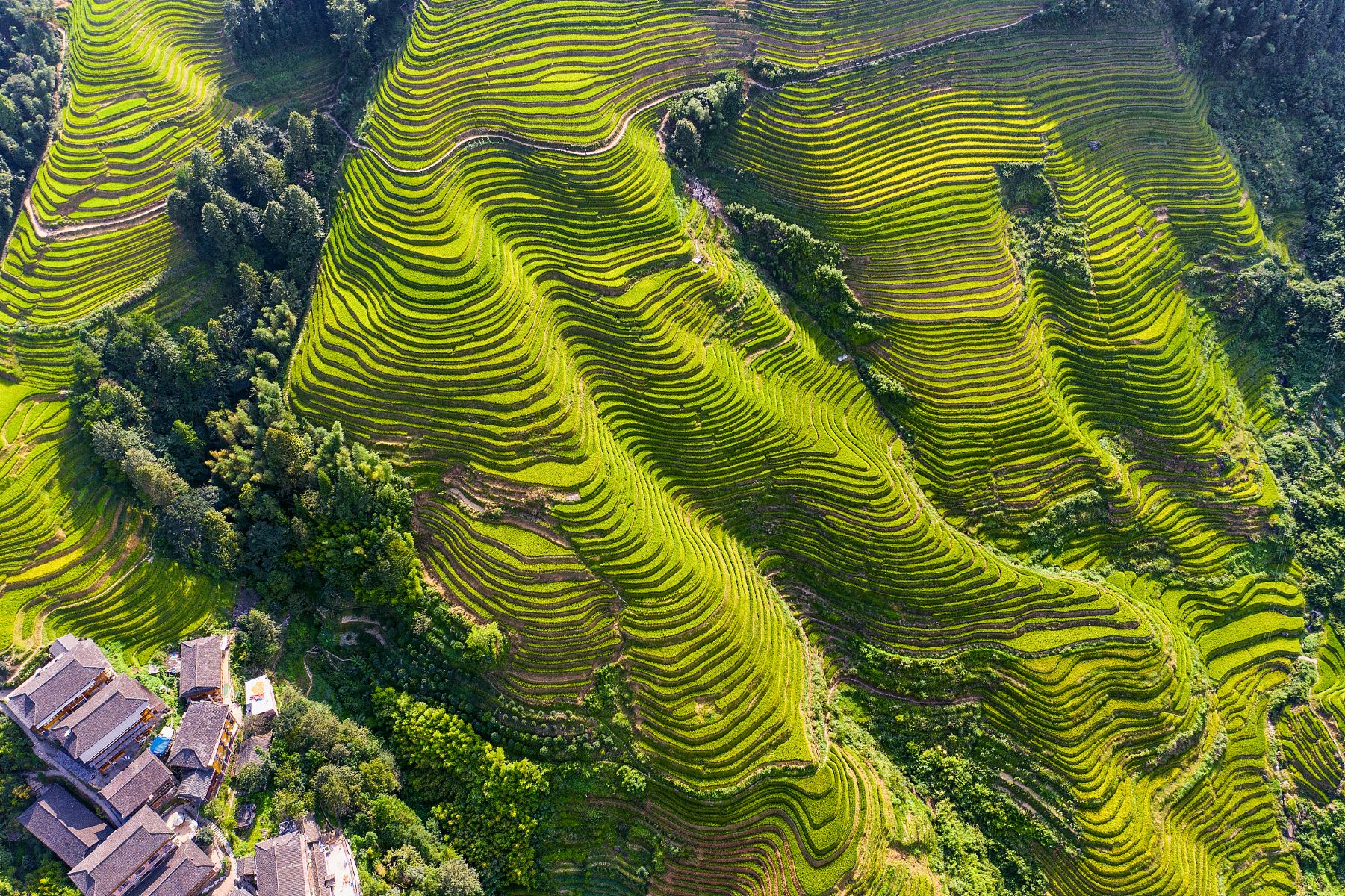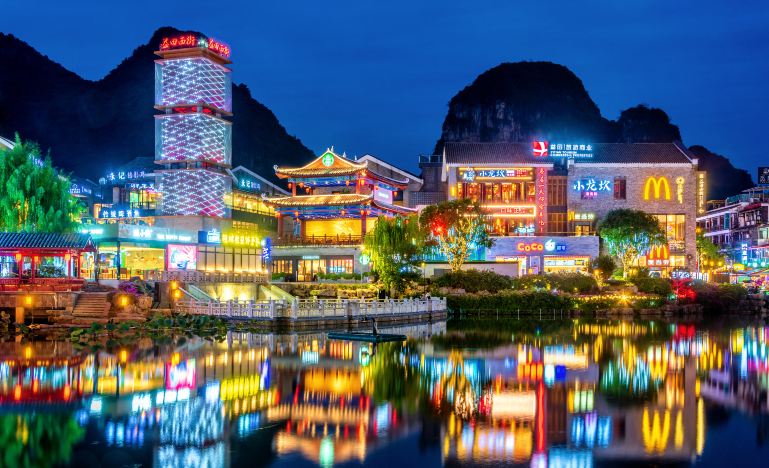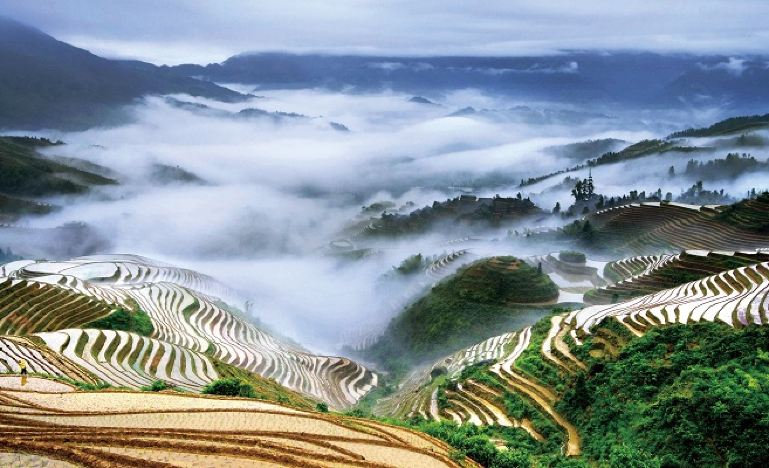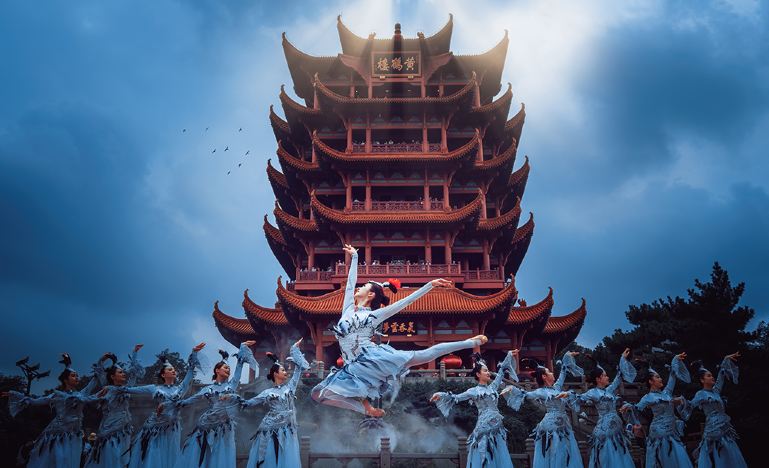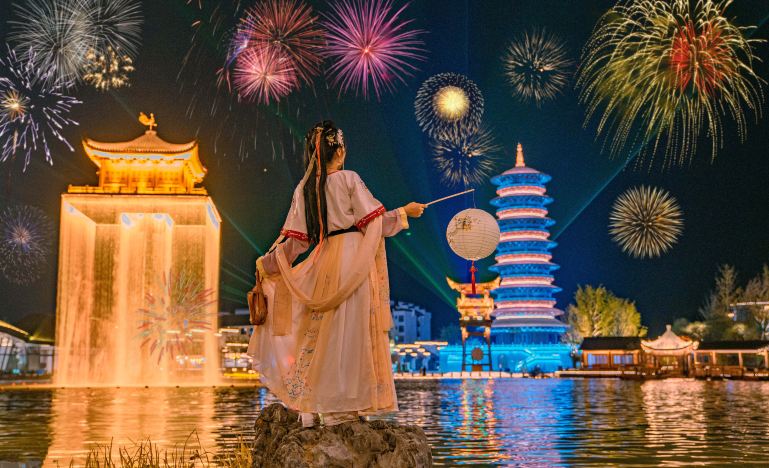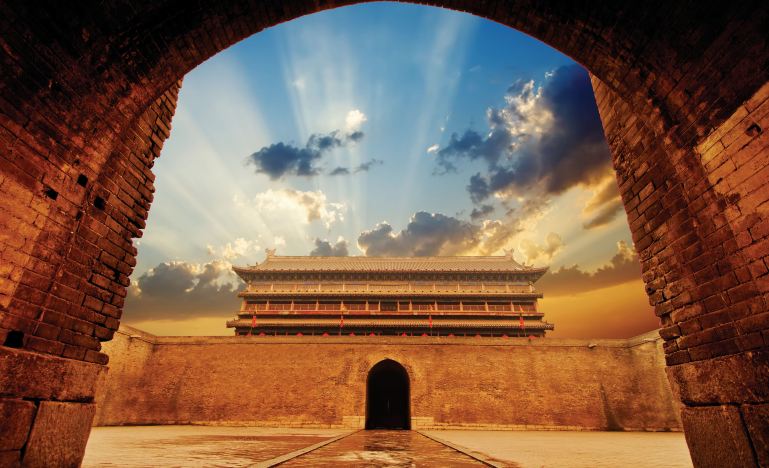Guilin + Yangshuo + Longji Rice Terraces 5-Day 4-Night Trip
Here are the reasons to visit Guilin:
- Guilin is internationally recognized as a top tourist destination. It has been blessed with picturesque landscapes that have made it famous through the ages. With its gentle river bends, interconnected lakes, and the scattered verdant hills inside and outside the city, Guilin has gained worldwide renown.
- Guilin is free from large-scale factories and industrial pollution, offering fresh and transparent air. With its azure sky and large, fluffy clouds, it can be aptly called the “Sunshine City.”
- The city of Guilin is shaded by green trees, with osmanthus trees lining the streets and alleys. When autumn arrives, the city is filled with the rich fragrance of osmanthus, which is refreshing and not overly sweet.
-
Guilin does not have the hustle and bustle of Beijing, the noise of Shanghai, or the leisurely pace of Chengdu. Guilin is like a tuberose flower that blooms at night, exuding a quiet elegance and nobility.
Itinerary
declarationGuilin (Standard Zhuang: Gveilinz), formerly romanized as Kweilin, is a prefecture-level city in the northeast of China’s Guangxi Zhuang Autonomous Region. It is situated on the west bank of the Li River and borders Hunan to the north. Its name means “forest of sweet osmanthus”, owing to the large number of fragrant sweet osmanthus trees located in the region. The city has long been renowned for its scenery of karst topography.
Guilin is one of China’s most popular tourist destinations, and the epithet “By water, by mountains, most lovely, Guilin” (山水甲天下) is often associated with the city. The State Council of China has designated Guilin a National Famous Historical and Cultural City, doing so in the first edition of the list.
The Longji Rice Terraces (“Dragon’s Backbone”) (simplified Chinese: 龙脊梯田; traditional Chinese: 龍脊梯田; pinyin: lóngjǐ tītián), also called the Longsheng Rice Terraces (“Dragon’s Victory”) (simplified Chinese: 龙胜梯田; traditional Chinese: 龍勝梯田; pinyin: lóngshèng tītián), are located in the town of Longji in Longsheng Various Nationalities Autonomous County, about 100 kilometres (62 mi) from Guilin, China.
The terraced fields are built along the slope winding from the riverside up to the mountain top, between 600 and 800 metres (2,000 and 2,600 ft) above sea level. A coiling terrace line that starts from the mountain foot up to the mountain top divides the mountain into layers of water in spring, layers of green rice shoots in summer, layers of rice in fall, and layers of frost in winter. The terraced fields were mostly built about 650 years ago.
Longji (Dragon’s Backbone) Terraced Rice Fields received their name because the rice terraces resemble a dragon’s scales, while the summit of the mountain range looks like the backbone of the dragon.
In early June, water is pumped over the rice paddies, and young plants are transferred to the main terraces.
The Li River or Li Jiang (Chinese: 漓江; pinyin: Lí Jiāng) is the name for the upper reaches of the Gui River in northeastern Guangxi, China. It is part of the Xijiang River system in the Pearl River basin, flowing 164 kilometres (102 mi) from Xing’an County to Pingle County.
Tourist rafting boats cruise from Yangshuo County, on the Li River
The upper course of the Li River is connected by an ancient Lingqu canal with the Xiang River, which flows north into the Yangtze; this in the past made the Li and Gui Rivers part of a highly important waterway connecting the Yangtze valley with the Pearl delta.
The 439-kilometre (273 mi) course of the Li and Gui Rivers is flanked by green hills. Cormorant fishing is often associated with the Lijiang.
Cruises on the Li are famous, attracting millions of visitors per year.
Yangshuo County (simplified Chinese: 阳朔县; traditional Chinese: 陽朔縣; pinyin: Yángshuò Xiàn) is a county under the jurisdiction of Guilin City, in the northeast of Guangxi, China.
In the 1980s, the county became popular with foreign visitors engaging in backpacker tourism, and organized tours began by the late 1990s. At the time, domestic tourists represented only a small fraction of the county’s visitors, but they outnumbered foreign tourists by 2005. Today, the county is a resort destination for both domestic and foreign travelers.
The history of West Street dates back over 1,400 years ago. Since the street is popular with locals and foreigners alike, signs are written in both Chinese and English. Because of the relatively high number of foreign visitors, many locals speak some English, unlike most Chinese towns of its size.
The Yangshuo region has numerous locations for climbing, and they are accessible by bicycle, public bus, or taxi van. The most famous of these crags is Moon Hill, which has several lines graded 5.13 in the Yosemite scale. Other crags of note include Low Mountain, Twin Gates, Baby Frog, the Egg, Bamboo Grove, and Wine Bottle Cliff.
The Elephant Trunk Hill (Chinese: 象鼻山; pinyin: Xiàngbí Shān) is a hill, landmark and tourist attraction in Guilin, Guangxi, China.
Elephant Trunk Hill is the symbol of the city of Guilin. It got its name because it looks like an elephant drinking water. The round opening that would be under the elephant’s trunk is known as Water-Moon Cave because at night the reflection of the moon can be seen through the arch and it looks as if it is under the water and floating on the surface of the water at the same time. Elephant Trunk Hill and Water-Moon Cave are located at the confluence of the Taohua River and the Lijiang River.
FAQs
A: In popular tourist destinations like Guilin, it is possible to find English-speaking guides for Li River cruises. You can inquire at the tourist centers or when booking the cruise.
A: The terraced fields were mostly built about 650 years ago.
A: Elephant Trunk Hill and Water-Moon Cave are located at the confluence of the Taohua River and the Lijiang River.
A: Yes, Elephant Trunk Hill can be seen at night and it is often beautifully lit up. However, some areas may have limited access after dark.
A:For 144hour-free-visa, you can refer this post 144-hour-Visa-Free Transit policies for Foreign Nationals – A Complete Guide in 2024 – ChinaTravelTips (china-travel-tips.com)


